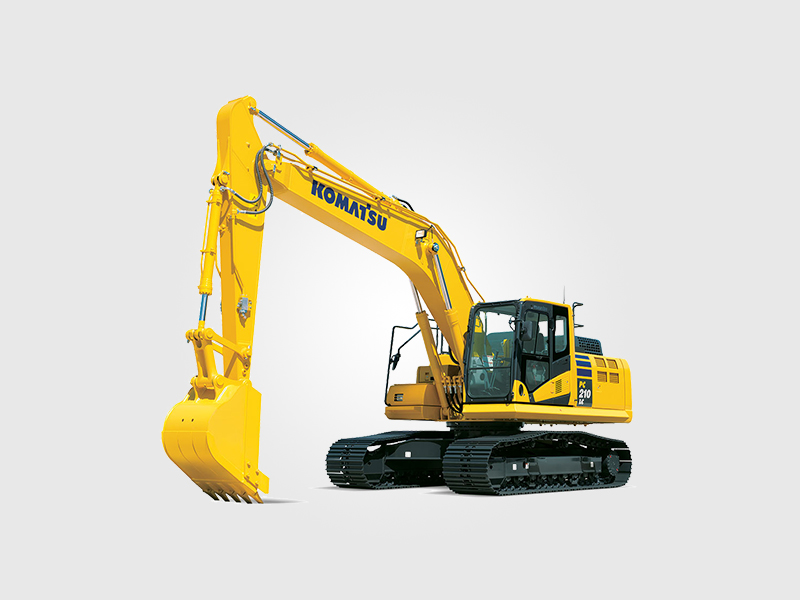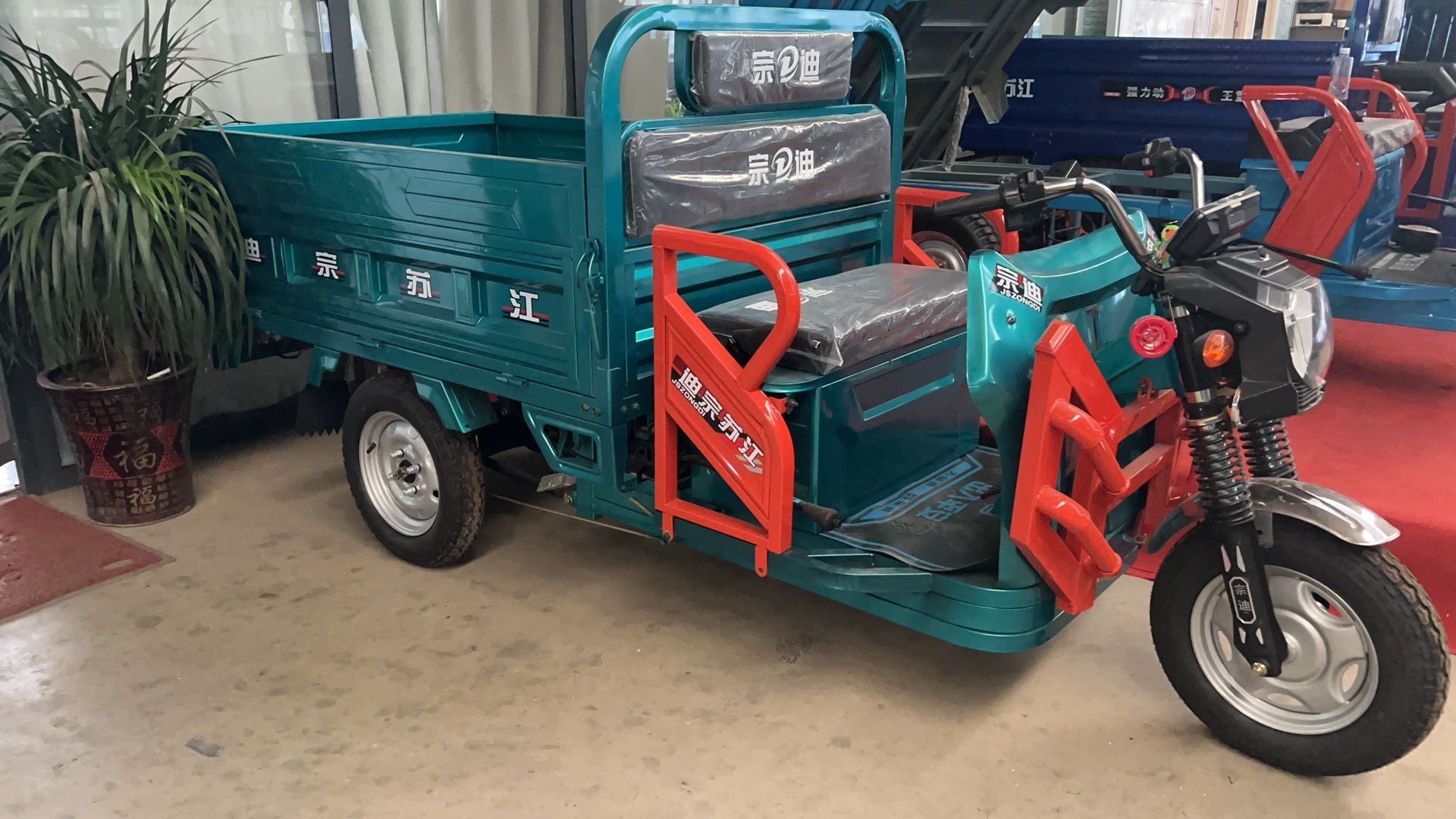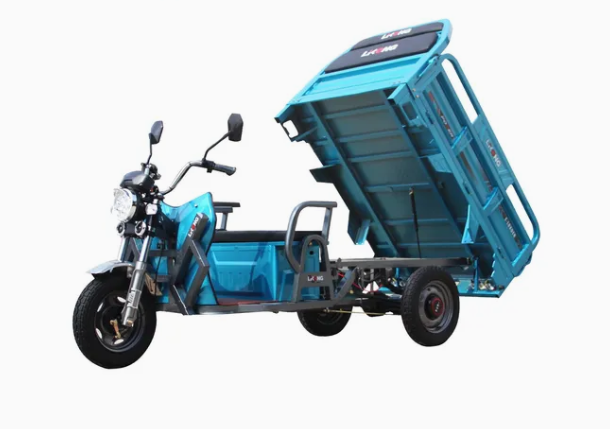Electric Cargo Tricycles Global Mobility Solutions
Sales Network 2022-06-14
In a modern factory in eastern China, engineer Li Ming is calibrating a newly developed intelligent braking system. Integrating gyroscope sensors and AI algorithms, this innovation allows a 800kg-capacity tricycle to maintain perfect stability on 12-degree slopes. Behind him, production lines filled with electric cargo tricycles are ready for global dispatch – these vehicles will soon become essential partners for Nigerian trader Abdullahi, Vietnamese farmer Nguyen Thi Xuan, and Mexican courier Carlos. Producing 78% of the world’s electric tricycles, Chinese manufacturers currently ship over 30,000 units weekly through Qingdao Port to 128 countries.

Precision Engineering Driving Transportation Evolution
The Pearl River Delta’s component cluster produces 150,000 specialized hub motors daily. Constructed with rare-earth permanent magnets, these drive units maintain 83.4% energy efficiency after 200-hour endurance tests. Modular battery packs from Shandong’s lithium battery industrial park feature hot-swappable designs, enabling 90-second power replacement. In Jiangsu’s testing grounds, accelerated corrosion experiments simulate West African coastal conditions, where zinc-coated steel frames with triple-layer paint withstand decade-long salt spray erosion.
In Yunnan’s mountainous regions, tea farmer Zhang Zhigang navigates steep trails using customized tricycles with slope-assist systems and anti-vibration cargo racks storage compartment reduces tea damage from 12% to 3%. Such scenario-specific engineering stems from China’s network of 600+ manufacturers offering flexible production, accommodating customized orders starting from 50 units. TÜV reports confirm Chinese-made tricycles now achieve 21,000-kilometer mean-time-between-failure intervals, marking 60% improvement over five years.
Logistics Excellence Powering Global Reach
At Guangzhou’s automated port, cranes load tricycle containers onto cargo ships every 17 minutes. Leveraging shipping routes covering 136 ports, average delivery time from deposit payment to African user reception has been compressed to 28 days. Southeast Asian clients benefit from 15-day express delivery – dedicated Qingdao-Jakarta shipping routes dispatch vessels thrice weekly, supported by regional distribution hubs like Malaysia’s Port Klang.
Pricing demonstrates structured competitiveness. Base models range $950-$1200 F dashboards and GPS trackers cost $1500-$1800, while premium versions featuring solar roofs and driver-assist systems remain under $2800. Compared to German counterparts, Chinese tricycles deliver 35%-40% cost advantage at equivalent payload capacity. Myanmar dealer U Win Hlaing’s calculations show: After introducing Chinese tricycles, Yangon’s vegetable market achieved 4x daily transport efficiency with 5.2-month ROI period.
Localized Services Generating Added Value
When Peruvian technicians receive Chinese CKD kits, engineer Knock-Down approach not only reduces 35% logistics costs but sparks localized innovations: Indian-market tricycles feature coin-operated rental systems, while Brazilian models deploy extendable cargo racks for 2-meter sugarcane bundles.
Global service networks guarantee 48-hour response. IoT terminals installed in critical components alerts. Data from Dhaka’s service center shows 82% issues resolvable through remote diagnostics. Kenyan 3D-printed gearbox replacement after flood damage.
From Southeast Asian rainforests to Saharan fringes, Chinese electric tricycles are reshaping micro-economies. Modified vehicles in Ho Chi Minh City carry 238 parcels per trip, Ghanaian refrigerated tricycles reduce produce waste by 28%, while 360-degree camera systems in Indian 41%. These steel workhorses leave tire tracks tracing developing economies’ growth trajectories.
At the 45th World Tricycle Industry Summit in Xuzhou, Chinese manufacturers unveiled the “Zero Carbon Initiative” – all export models will feature solar charging by 2025, with production carbon intensity reduced to 0.8 tons per vehicle. As vessels depart Shenzhen’s port, sunlight glints on row after row of tricycles, their battery compartments storing not just electricity, but the kinetic energy transforming countless entrepreneurs’ destinies.



